
Industry professionals address the changes taking place in pharma and propose an upheaval of current business models to welcome new ones that are adapted for the ever-evolving clinical trials climate.

Industry professionals address the changes taking place in pharma and propose an upheaval of current business models to welcome new ones that are adapted for the ever-evolving clinical trials climate.

Realizing the need for flexible technology when implementing EDC in late-phase research.

A clinical trials professional with personal experience as a trial subject discusses the purpose and importance of following protocol.
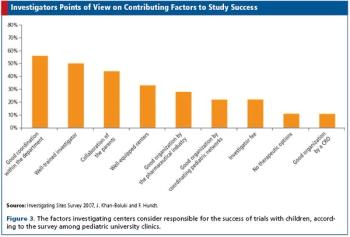
Surveys among pharma, clinics, and investigators shed light on trials in children.


Finding new ways to design and conduct clinical trials in order to prevent Phase III failures.

Acceptance of data ambiguity by the industry is the key to adaptive design adoption and use.
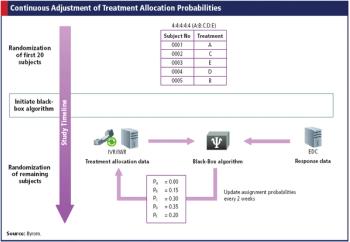
With help from technology, adaptive trials can enhance dose selection and reduce time between phases.

How one workload study measured tasks, time, and resources necessary to run a cancer clinical trial today.
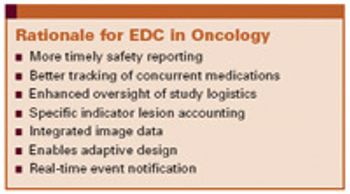
Functional challenges aside, electronic data capture can improve cancer clinical trials.

Current guidelines for reviewing medical images need to be refined and clarified so that consistency becomes the norm.

Dynamic contrast-enhanced MRI meets the needs of emerging cancer therapies that suffocate tumors.
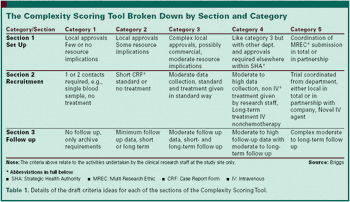
Developing a process and management tool for scoring complexity in cancer clinical trials.

A clear grasp of the methodology behind the design is as important as the software that runs it.
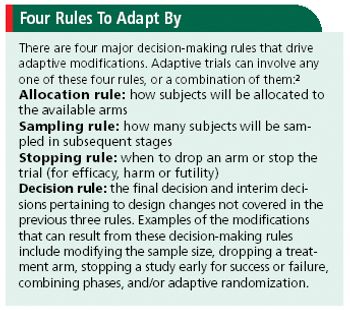
Team and technology benefits are realized at the front-end of the adaptive trial design process.

More complex and demanding protocols are hurting clinical trial performance and success.

Leveraging technology to build a scalable and reliable infrastructure for clinical trial data capture.

When done right, pooling clinical supplies can increase efficiency and contain costs, but limitations exist.

How one patient community on the Web is single-handedly forging new ground in the clinical trials world.
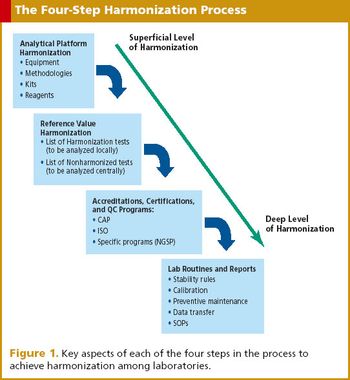
With globalization of trials comes the difficulties of sample logistics. Enter the central laboratory model.

Dr. Steve Dodsworth, director of molecular genetic services for Tepnel Research Products & Services, assesses that with molecular insight comes the opportunity to counter disease development and progression.

When it comes to this overlooked global pandemic, utilizing imaging endpoints in clinical trials is key.

No longer a futuristic concept, adaptive clinical trials have become a reality that must be considered.
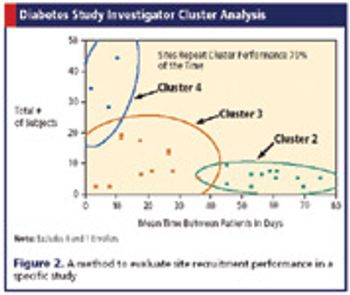
Steady enrollment and optimal trial metrics can become reality with the right processes and tools.

With globalization of trials comes the difficulties of biologic sample logistics. Enter the centralized/decentralized laboratory model.